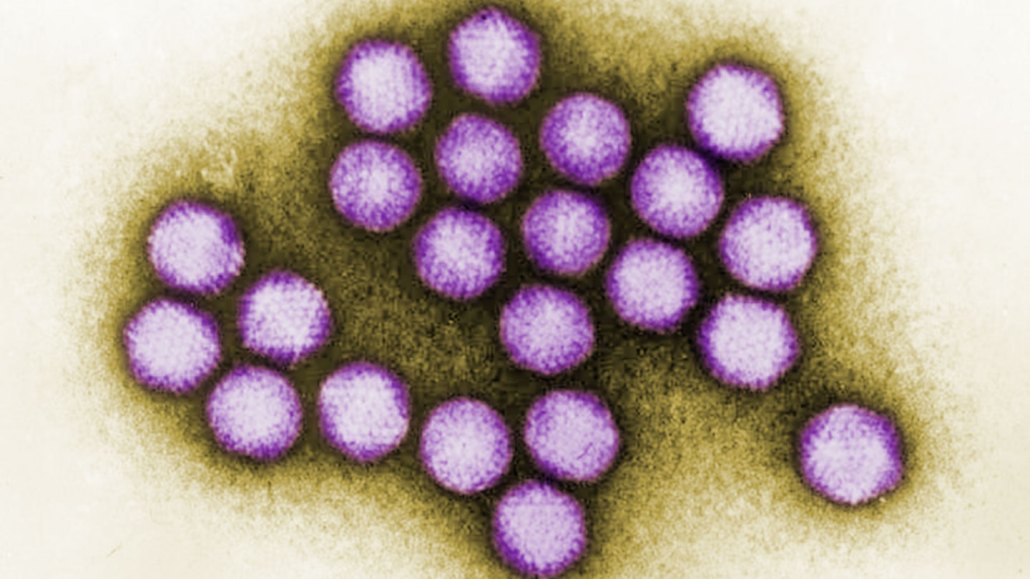Unexplained hepatitis cases in kids offer more questions than answers
The instances are still rare and parents shouldn’t panic

Some of the children who have recently developed unexplained hepatitis also tested positive for adenovirus, shown in this colorized transmission electron microscope image.
G. William Gary, Jr./CDC